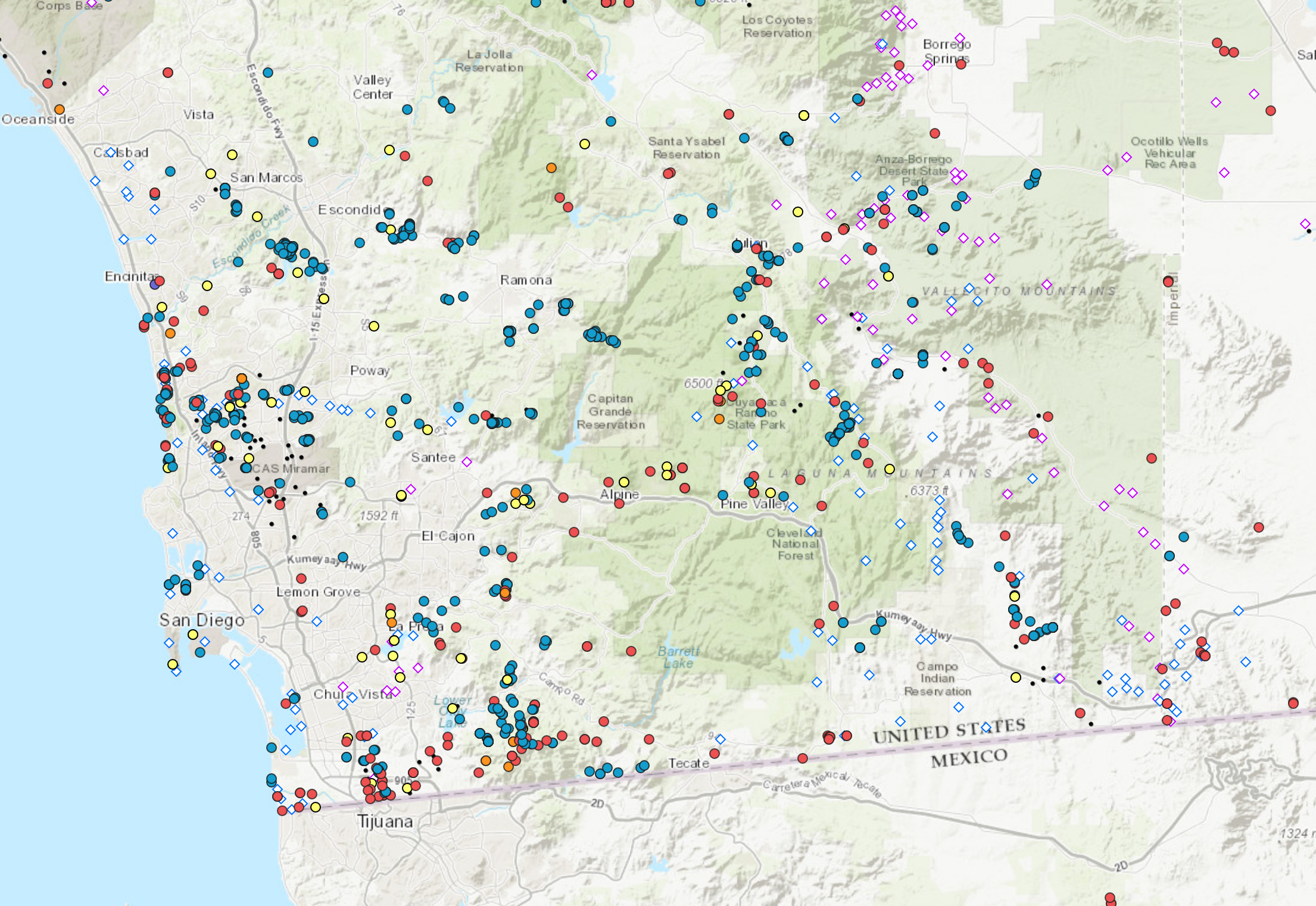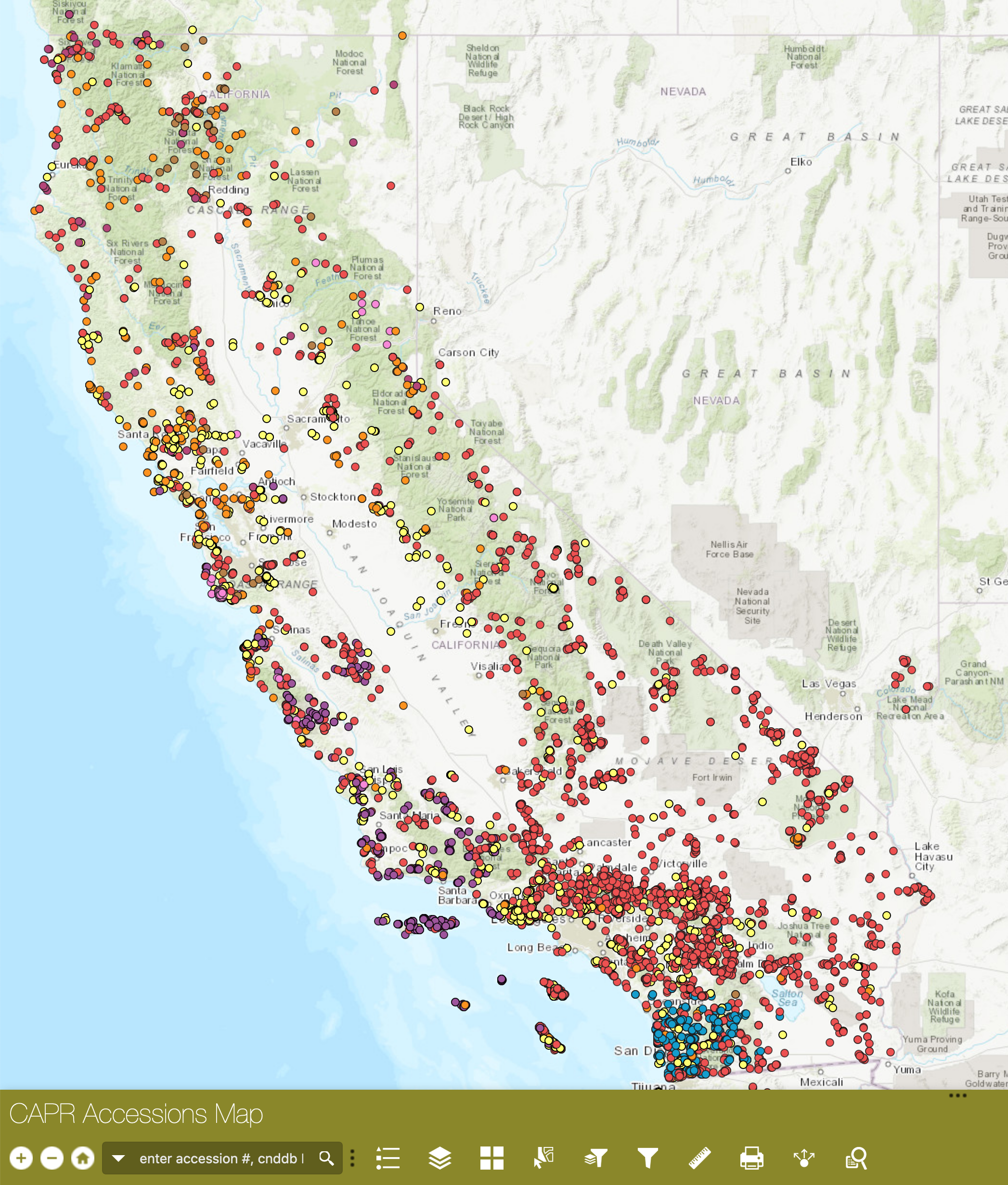Digital Bean Counting: Facilitating a Statewide Seed Collection Initiative through Data Sharing
Have you ever received a letter or text that wasn’t intended for you? A few years ago, I received a Christmas card with a picture of a pug photoshopped on top of an elephant with the hand-written message “Merry Christmas, Hobgoblins. Love, Linda & Hadley.” Reading this immediately turned me into a private eye. Was Linda the woman next to the elephant? Is Hadley the dog, or the other way around? Did the woman see this elephant on a safari? Is this Hobgoblin one of my neighbors?
I find compiling other people’s data to be a fun mystery not unlike receiving a wayward holiday card. As a biodiversity data scientist (a term I think I made up), I’m often presented with spreadsheets of plant records with no contextual knowledge of the people–who collected them–or the species or populations the data represent. Because these records often predate the current data contributors, it’s an art speculating about the meaning of some of the data.

Mostly I have boring questions, such as “What are the units on this column labeled Plant Height?” But sometimes I stumble upon anecdotes in the locality notes that bring the collection record to life. One that I particularly enjoy is in UC Berkeley’s living accession of the Catalina Cherry (Prunus ilicifolia subsp. lyonii) originally collected on the Channel Islands, which notes the collectors’ urgent need to “abandon toyon seedlings and retreat from pigs” at one critical point.
This challenge of compiling data is not just a nerdy academic exercise—it has real conservation importance. In 2019, before the COVID-19 pandemic closed the economy and drained state budgets, the California legislature approved a $3 million budget line item to collect seed from all remaining rare plant species in California not currently represented in the California Plant Rescue seed banking network. The California Plant Rescue Database—which CPC has operated and maintained since 2017—has been instrumental in determining the targets and facilitating collections planning. This database of seed and living collections from six of California’s largest botanic gardens (California Botanic Garden, San Diego Zoo Global, UC Berkeley, UC Santa Cruz, Santa Barbara Botanic Garden, and Regional Parks Botanic Garden) contains 18,067 records of 2,547 species spanning collection dates from 1938 to 2019.
While the public can view a limited set of the California Plant Rescue Database, its focal users are California’s seed collectors, who have generously shared data with one another in the name of maximizing conservation effectiveness. Our collectors can use the members’ database to find the size, age, location, conservation status, and processing type of seed collections in California. In addition, this database offers a number of tools for collecting, including a targeting tool that facilitates communicating collection plans and a running total of rare species in seed collection. The goal of the California Plant Rescue Network is to secure 1,166 species ranked as 1B, plants that are rare or threatened in California by the California Native Plant Society and the State in seed collection by the year 2025. We have only 567 species to go!
We also have created a spatial mapping tool that integrates the rare plant occurrence from the California Natural Diversity Database (CNDDB) with our combined seed collections. This enables collectors to locate both past collections and candidates for future collections.
Finally, we created a tool that allows collectors to search for uncollected species on the land management units in which they have permission to collect, within a specified range of their home institution or other landmark.
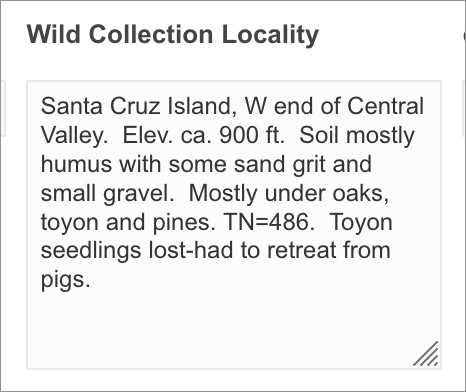
At the CPC National Office, one of our near-term goals is to consolidate these resources into a more unified platform and extend this software and collecting paradigm to other states and regions. We believe that the collaborative spirit of the CPC network lends itself exceptionally well to the divide-and-conquer mentality that will allow us to achieve our ultimate goal: to safeguard all of the imperiled plant species in the United States. Thank you to all of our partners, who have allowed me the opportunity to compile your data so that we can build a more collaborative and successful collecting community.
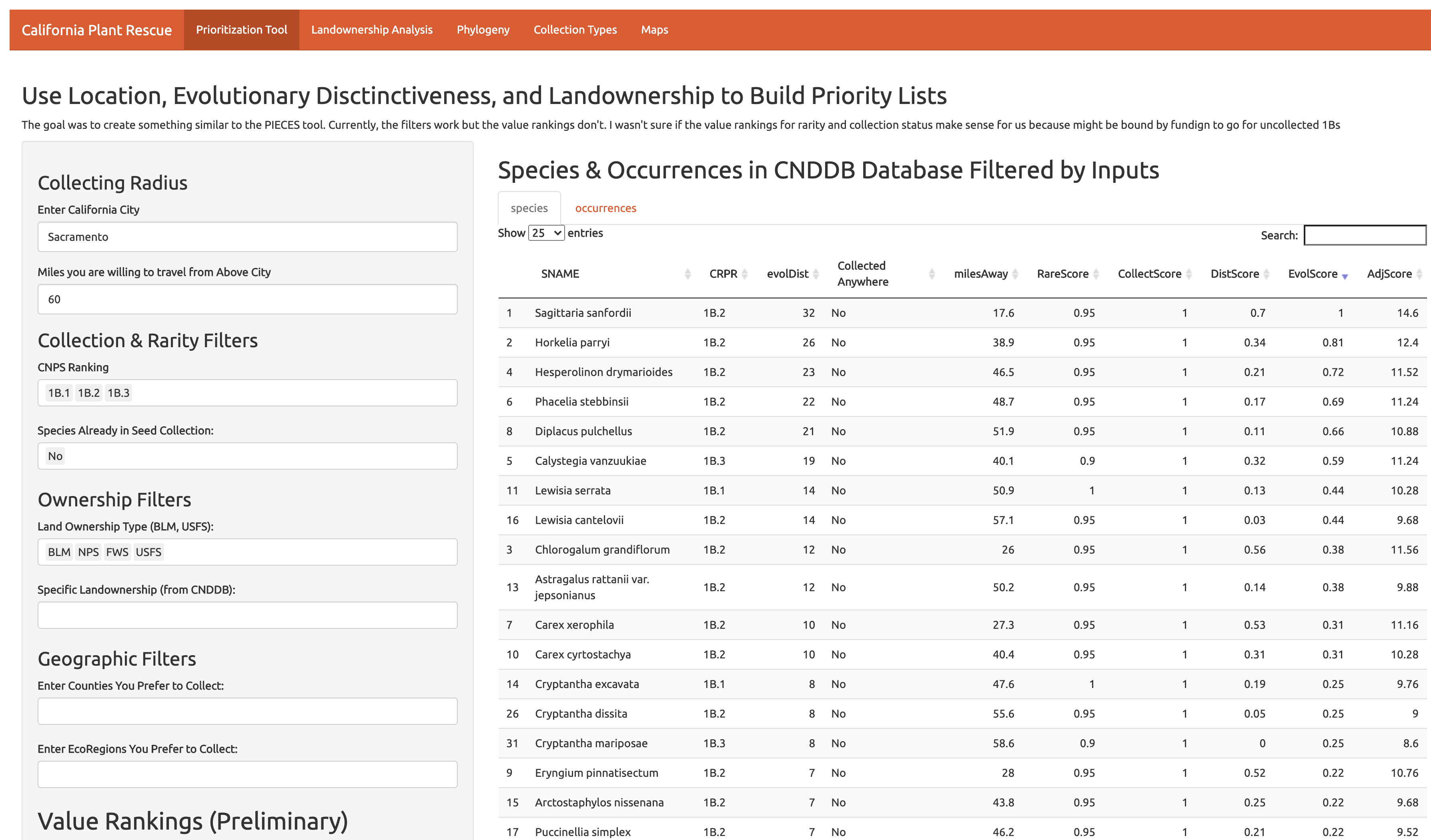
Tying together population and collection data, both with spatial data, CPC was able to develop a priority targeting tool for CaPR. With this tool, collectors can quickly find out what other species might be in an area they are already seeking to collect in and have permits for, or otherwise use to develop a target list.
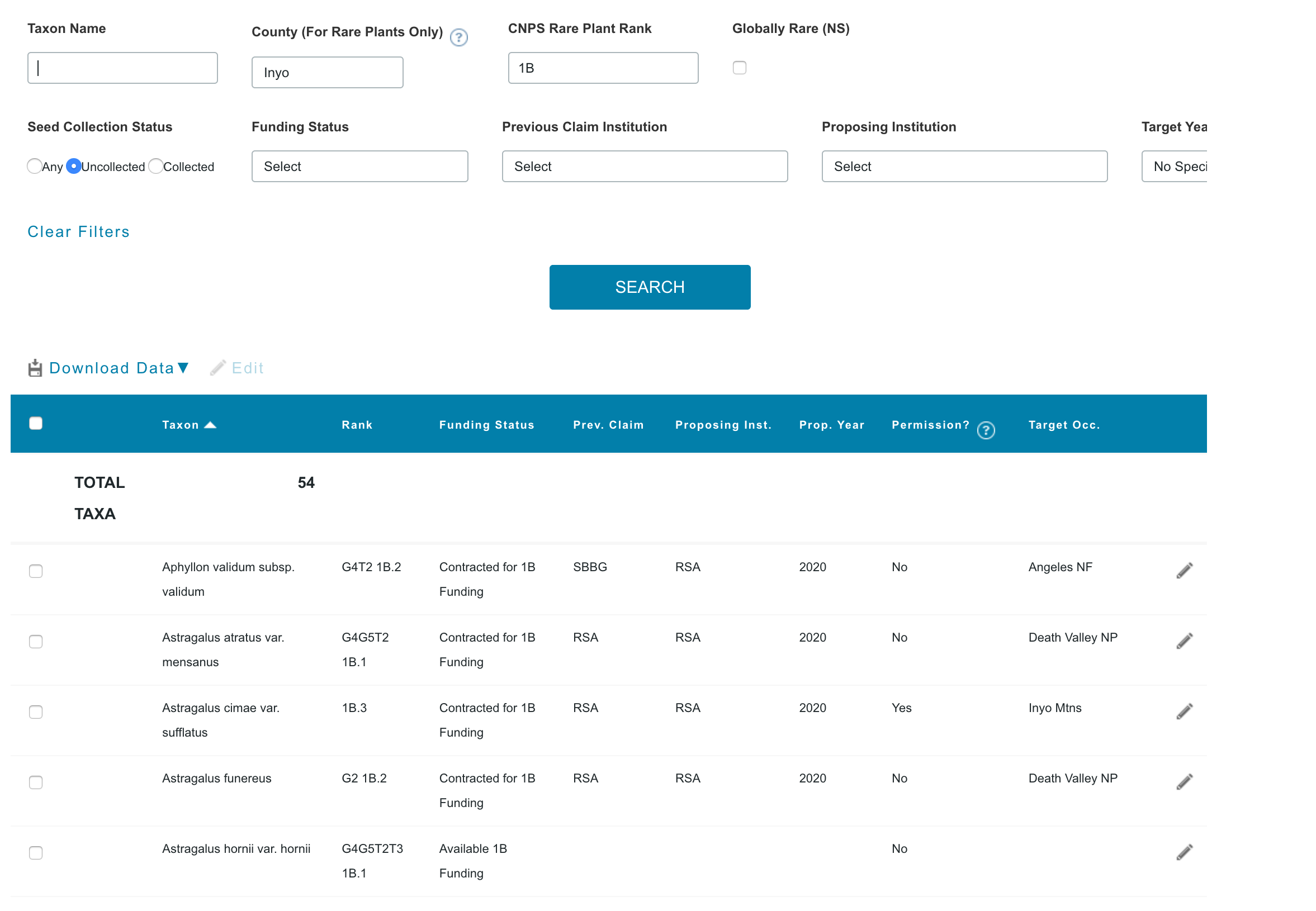
By bringing together all CaPR partner data, we are able to track progress towards our goal, identify species that fit our funding source criteria, and much more. In this search we see that the county of Inyo has populations of 54 rare and threatened species, and that CaPR partners are targeting some of these species for collection.
